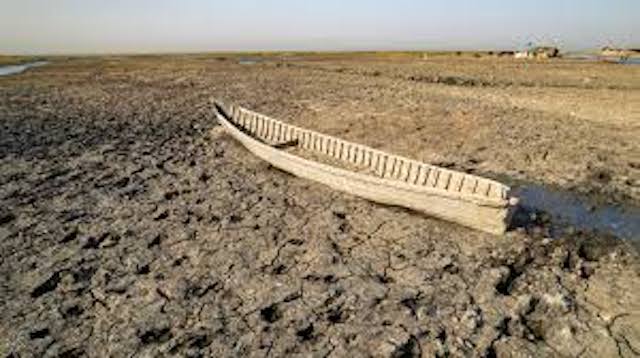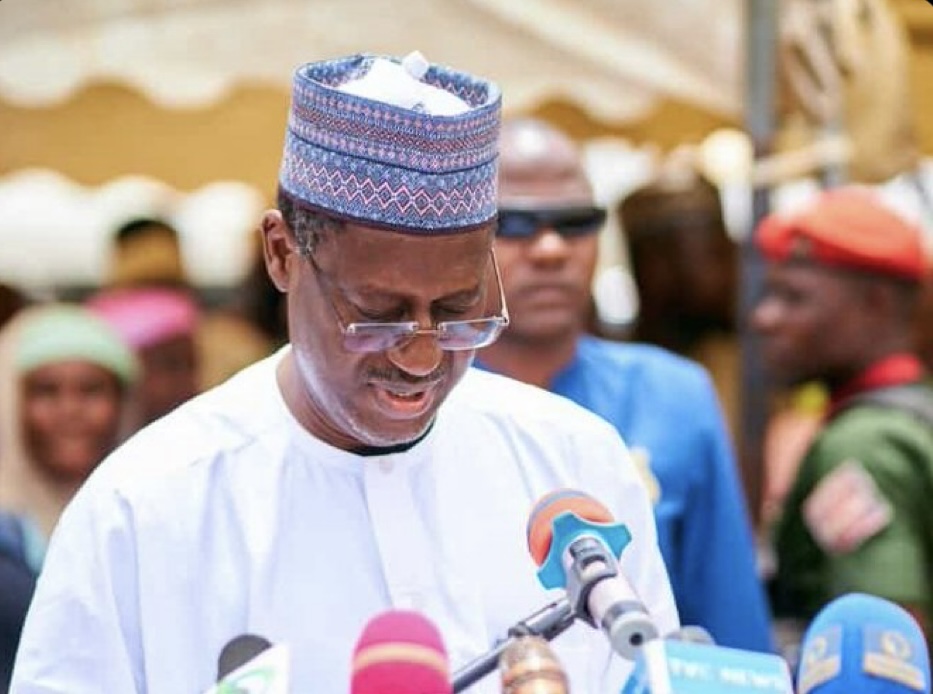History Resurfaces as Iraq Battles Its Worst Drought in Decades

Northern Iraq’s shrinking waters are telling two stories at once: one of a nation grappling with severe drought, and another of ancient civilizations resurfacing from the depths.
Archaeologists in Duhok province have uncovered around 40 tombs near the banks of the Mosul Dam reservoir, revealed only after water levels dropped to record lows this year.
The site lies in the Khanke region, where a team led by Duhok’s director of antiquities, Bekas Brefkany, had first spotted traces of structures during a 2023 survey.
It was only when the reservoir receded to “its lowest” levels that full excavation became possible.
“The droughts have significant impact on many aspects, like agriculture and electricity. But, for us archaeologists… it allows us to do excavation work,” Brefkany explained.
The tombs are believed to date back more than 2,300 years to the Hellenistic or Seleucid era. Excavations are underway to secure and transfer them to the Duhok Museum for study and preservation before rising waters eventually reclaim the site.
In recent years, climate pressures have repeatedly unveiled remnants of Iraq’s layered history. Ruins thousands of years old have emerged along the Tigris and Euphrates as drought grips the region for a fifth consecutive year.
But while archaeologists celebrate rare discoveries, the wider picture is sobering. Authorities warn that 2025 has been among the driest years since 1933, with national water reserves falling to just eight percent of capacity. Farmers and communities are already reeling from depleted rivers, and power shortages are mounting.
Experts say the crisis is not driven by climate change alone. Dams constructed upstream in Turkey and Iran have reduced the flow of the Tigris and Euphrates, rivers that sustained Mesopotamian societies for millennia. Today, their diminished streams threaten Iraq’s modern survival, even as they expose glimpses of its past.
The paradox captures Iraq’s dilemma: each new archaeological find underscores the depth of its heritage, but also the urgency of its environmental and geopolitical struggles.
As ancient tombs emerge from the reservoir’s receding waters, Iraq is reminded that history and present hardship are now bound together by the same drought.
Punch









